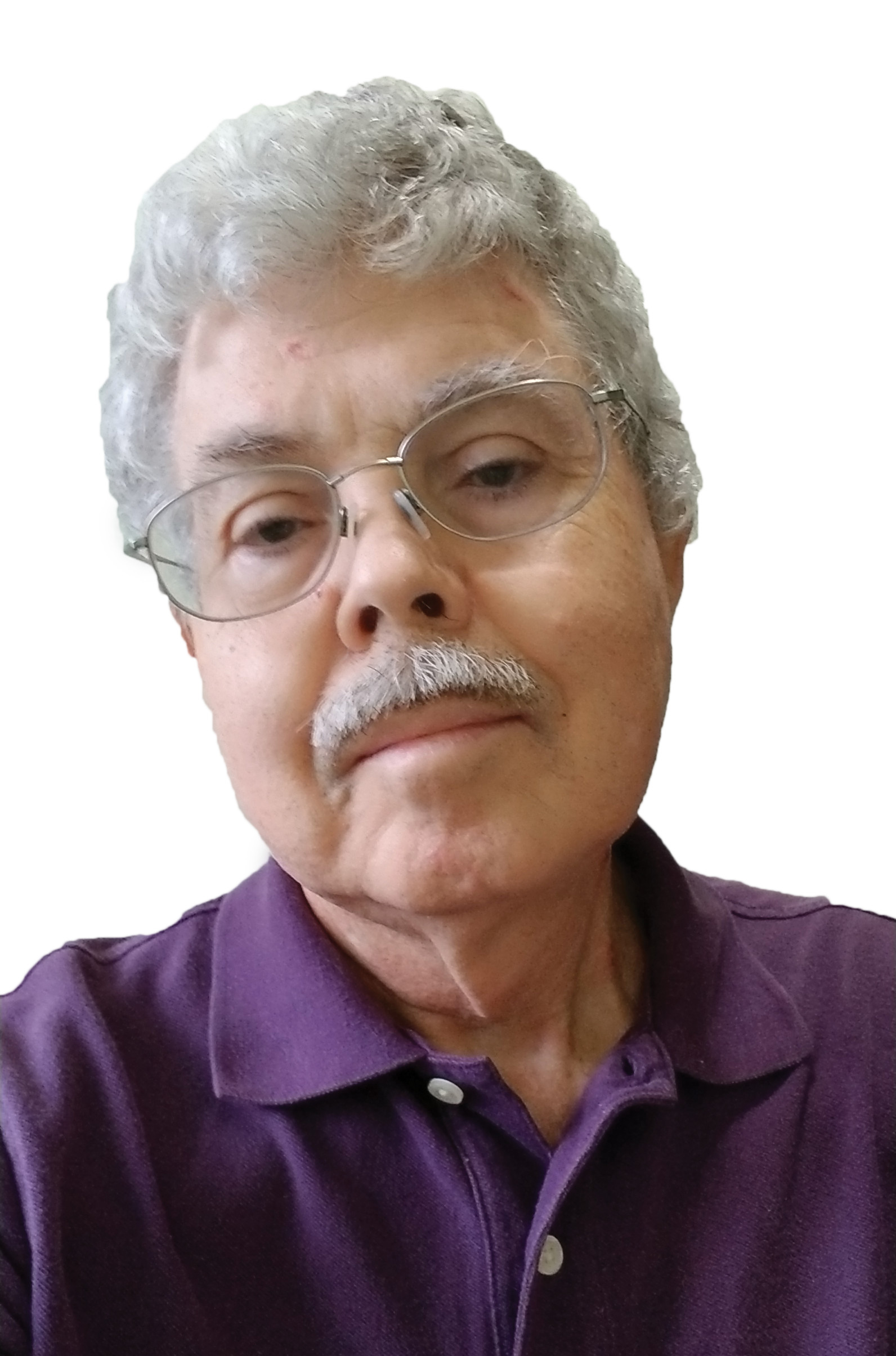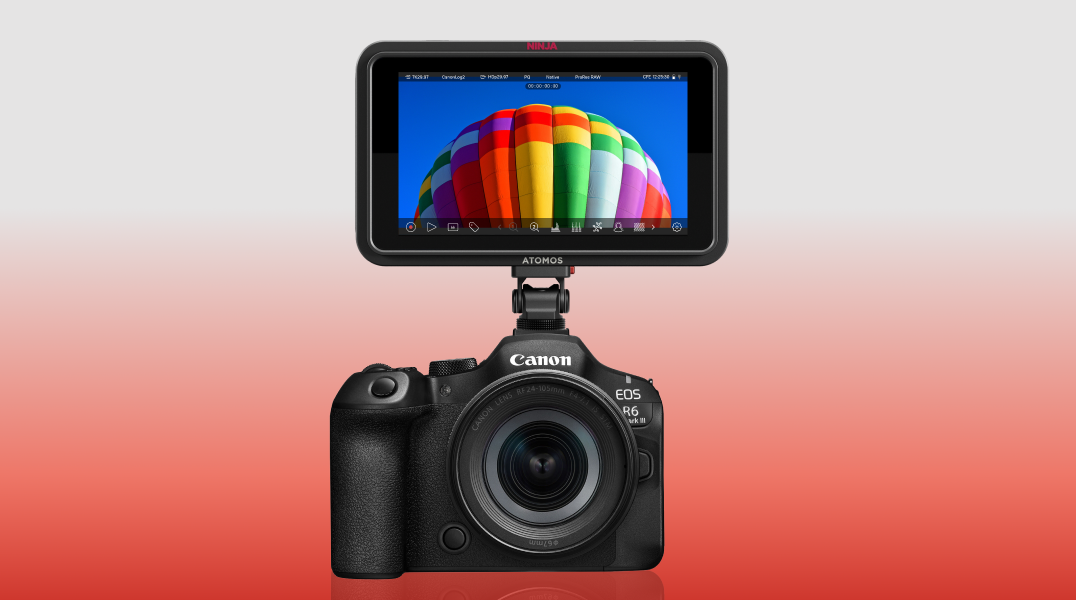Companies have been looking for ways to improve antennas: increased efficiency, increased bandwidth and ways make them smaller. Techniques include fractal antennas, electronically tuned antennas, antennas made with metamaterials and combinations of such technologies. Add a new technology to the list--SuperShaped Antennas.
A company simply named “Antenna Company” has come up with what it says is a game-changing antenna technology. The Antenna Company's website says that antennas in broad use today are almost all of standard design and grossly under-performing, adding:
“While new developments have been reported in research, no game-changing innovations have appeared since a novel description of natural shapes was discovered, the so-called SuperFormula or Gielis Formula.”
The website notes that Gielis transformations, curves and surfaces are “a generalization of the Pythagorean Theorem and unify wide classes of shapes from nature (flowers, diatoms, atoms, space-time models) and geometry (polygons, polyhedrons and highly anisotropic shapes).
It added that investigation of such shapes have “opened the door for novel insights in the workings of nature and new computational models in, among others, the field of electromagnetics. One application is in the field of antennas and waveguides.”
The company said that new ultra-wideband antennas have been developed that can use easy-to-machine and cheap materials (dielectric resonators--DR) and can act as multiport antennas.
It claims: “Measurements and proof of concept have shown that replacing the internal antennas of existing routers (multiple antennas for 2, 4 and 5,6 GHz respectively) with one plastic DR-antenna with two ports, results in good radiation patterns at the required frequencies and a performance improvement of 4 times (6 dB) over the internal antennas.”
Key benefits include specific super shapes for specific applications, a wide choice of materials, improved performance of 3 to 6 dB for single antennas, reduced number of antennas due to combining gain and beam, keeping multiple antennas but improve performance by 6 to 7 times, and reduced costs for materials, assembly and fewer antennas.
Papers describing the SuperShape antenna concept in detail can be found in the Antenna Company's Document Download Area. In skimming through the IEEE papers listed on that page, a key concept of the SuperShape antenna design is the ability to radiate signals in different directions with different polarity. With the proper feed, a broadband circularly polarized signal can be transmitted.
It looks as if most of the research on SuperShape antennas has been at frequencies above 2 GHz. I wonder if the same principles would work at UHF frequencies.
The professional video industry's #1 source for news, trends and product and tech information. Sign up below.

Doug Lung is one of America's foremost authorities on broadcast RF technology. As vice president of Broadcast Technology for NBCUniversal Local, H. Douglas Lung leads NBC and Telemundo-owned stations’ RF and transmission affairs, including microwave, radars, satellite uplinks, and FCC technical filings. Beginning his career in 1976 at KSCI in Los Angeles, Lung has nearly 50 years of experience in broadcast television engineering. Beginning in 1985, he led the engineering department for what was to become the Telemundo network and station group, assisting in the design, construction and installation of the company’s broadcast and cable facilities. Other projects include work on the launch of Hawaii’s first UHF TV station, the rollout and testing of the ATSC mobile-handheld standard, and software development related to the incentive auction TV spectrum repack. A longtime columnist for TV Technology, Doug is also a regular contributor to IEEE Broadcast Technology. He is the recipient of the 2023 NAB Television Engineering Award. He also received a Tech Leadership Award from TV Tech publisher Future plc in 2021 and is a member of the IEEE Broadcast Technology Society and the Society of Broadcast Engineers.
